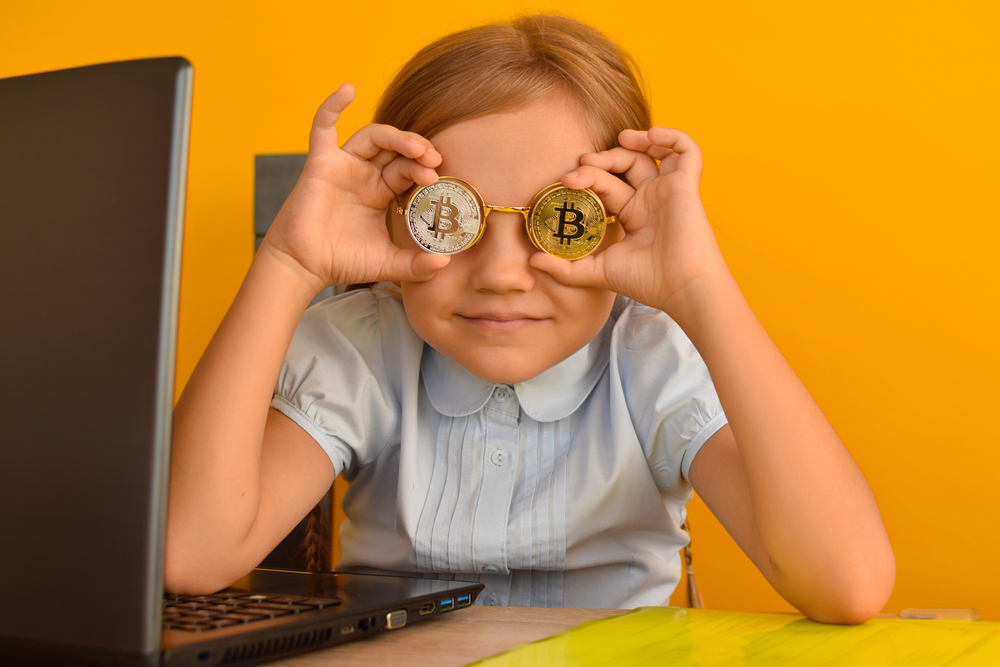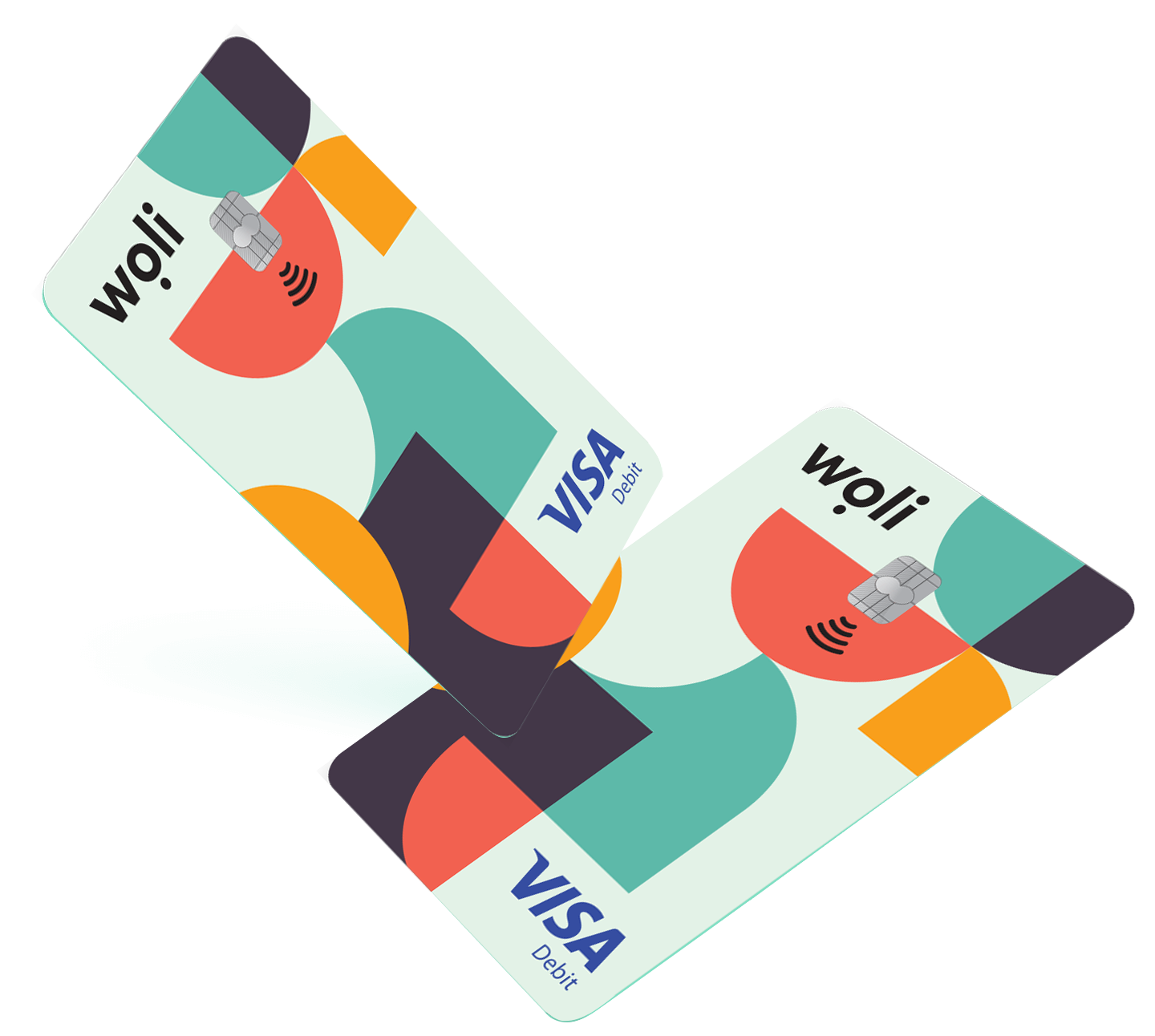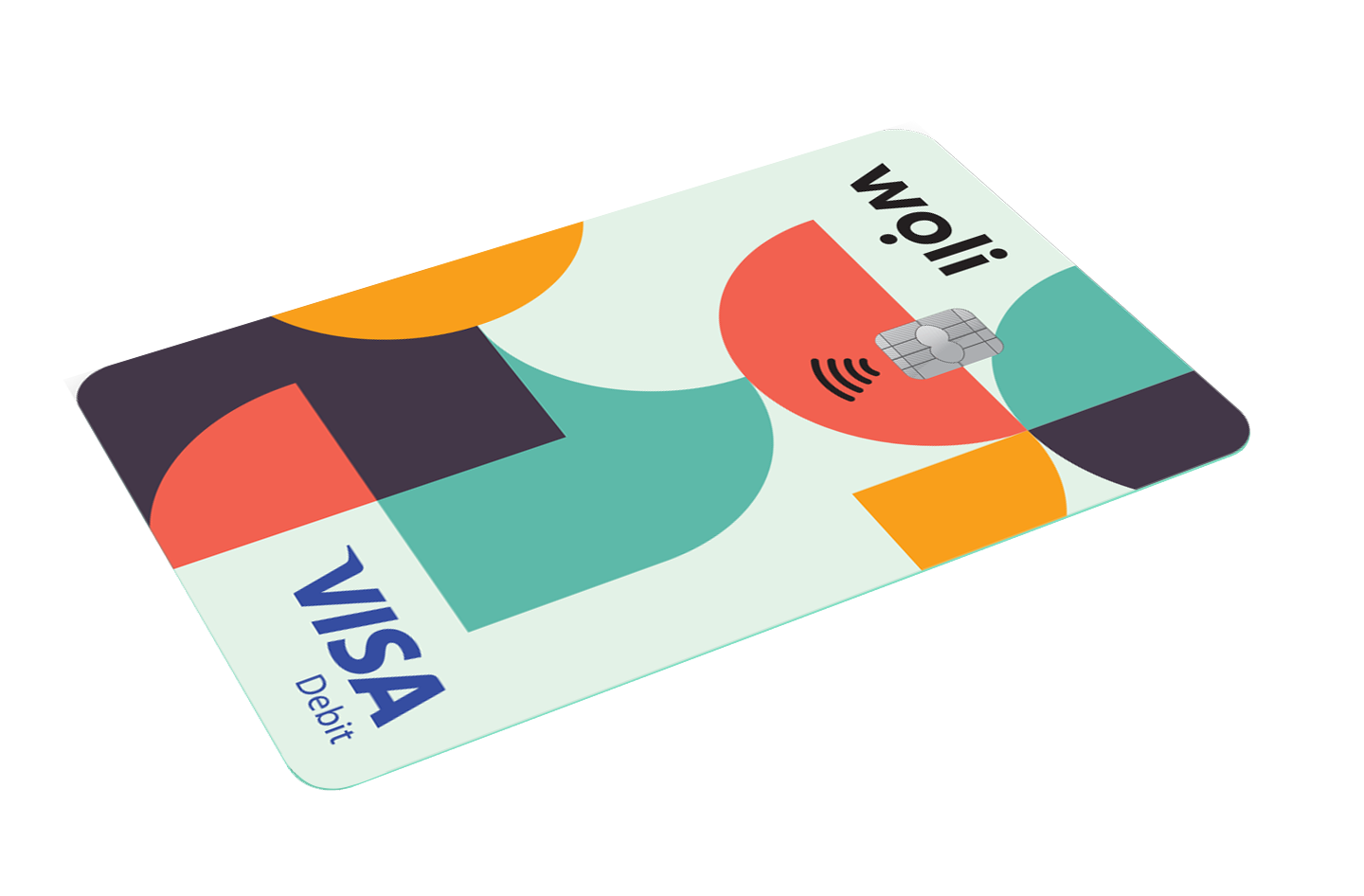Cryptocurrencies, Blockchain, Bitcoins. It wasn’t long ago that these words didn’t say anything at all to most. Until a few years ago, someone who heard about cryptocurrencies might have thought that we were talking about “virtual” money in an online game or some obscure invention of the villains of this world. However, this is a novelty that is absolutely real and not at all “dark”. What are the infamous cryptocurrencies after all, and how will you explain them to your child? Read on and you will find out!
The first time the concept of cryptocurrency (“crypto” in the language of the initiated) was mentioned in 1989, as Analytics Insight informs us. The first relevant softwares began to be created in the early 90s, paving the way for today’s “crypto-revolution”. According to U.S. News & World Report, 2009 was the year that brought the first cryptocurrencies into our world. Their name? Bitcoins. The most famous cryptocurrencies so far. Since then, many more have appeared (Ethereum, Solana and Dogecoin, among others), some successfully, some not. Nowadays, the number of types of cryptocurrencies is huge – we are talking about thousands of different options. So it’s clear that cryptocurrencies are here in our lives to stay. And since cryptos are here to stay, it’s good to be informed about them!
What are cryptocurrencies?
Cryptocurrencies are money that does not have a physical form, but a digital one. They are born in the digital environment and transact through digital “wallets”, which essentially work like any individual wallet or piggy bank. Money comes in, money comes out (not exactly, but let’s not confuse your child with unnecessary details). It’s just that, in the case of a digital wallet, the money inside it is absolutely intangible.
In essence, we are talking about “internet” money, which has its own parity with physical money. Unlike them, however, cryptocurrencies are not issued centrally, by a large organization such as a bank, but by a software that “runs” through the computers of many different users. And precisely because such systems do not “run” from somewhere centralized, but from the terminals of users, you will hear many people call them “decentralized”.
What should you and your child keep from the above?
First, that there is no bank between you and your 100% intangible, digital money.
Second, that you need a reliable digital wallet to have guaranteed and secure access to your cryptocurrencies.
How are cryptocurrencies created?
In case your child wants to learn about the creation of cryptocurrencies, know that the answer is both simple and complex. But let’s stick to the simple explanation of things… Cryptocurrencies are created through a process called mining. Who brings them to light? The miners! Except that because we’re not talking about gold, we’re obviously not talking about stupefied workers in… Mines! Modern miners, those who undertake the “mining” of cryptocurrencies, spend many hours behind powerful computers, creating new digital “coins” and storing them on the Blockchain.
This is where a child’s voice is heard, asking you something like…
‘’And what is this Blockchain again?’’
Blockchain: The “home” of cryptocurrencies!
Blockchain is a huge “home”, in which all the cryptocurrencies of the world live! That’s where they are born, that’s where they grow up, that’s where they change hands, that’s where they are. Forever! Because in the world of Blockchain, no matter what happens today, yesterday cannot be erased. What do we mean?
Blockchain is a whole, a chain of computational… blocks! Each block represents a separate action that corresponds to a unique cryptocurrency, such as its creation, purchase or sale. So every time something new “happens” in a cryptocurrency, a new block is added to the relevant chain, without losing everything that has preceded it.
For each of these actions, the owner of the cryptocurrency keeps a backup copy that contains all the information about the blocks that concern him. This system has proven to be quite safe for users, since it is difficult for a third party to gain access to such information.
Obviously, the mechanism used is much more complex. But the truth is that discussing cryptocurrencies with your child you don’t have to go into more detail. Most likely, he will get confused and you will just lose his attention.
What value do cryptocurrencies have?
On the other hand, it is important to explain to your child that unlike physical money, the value of cryptocurrencies has frequent and often sharp fluctuations. Let’s take it for granted that the 20 euros you gave to your child today will have the same buyer power next year. The same is not true with cryptocurrencies! Their value today is almost unlikely to be the same after 12 months. If it suits you, you can explain it to your child like this: The cryptocurrency that today “buys” you e.g. a pair of new sneakers, tomorrow may be enough to buy a brand new PS5. Of course, it can also happen the other way around. These are cryptos!
Also, like real money, cryptocurrencies also have their subdivisions. Just as there are euro cents in your child’s piggy bank, so there are “cents” of Bitcoin or Ethereum (ok, we don’t call it like that). So, you don’t have to have only “whole” cryptocurrencies to declare a crypto owner. A few “crypto-minutes” in your digital wallet are enough!
Why does my child need to know about cryptocurrencies?
You may be wondering if it matters that your child knows what cryptocurrencies are. The answer is simple. It matters, because cryptocurrencies are money. Normal money, such as the coins and banknotes we have in our wallet, with value and with the ability to be used in financial transactions.
Let’s do not forget that we are still in the early life stages of cryptocurrencies, so no one can know how big a role they will have later in life. And just as is always the case with money, cryptocurrencies should be treated with prudence and respect.
After all, the proper management of money – physical or digital – is something that every parent should teach their children, from the very first years of their lives. We at Woli want to help parents as much as we can so that they can educate their children in the best way in financial management.
That’s why we created Woli!
Mastercard and mobile app for young people 10 to 18 years old, specially designed for young people 10-18 years old and their families! With Woli, children learn in practice how to manage their finances properly, in a safe, simple and fun way!









